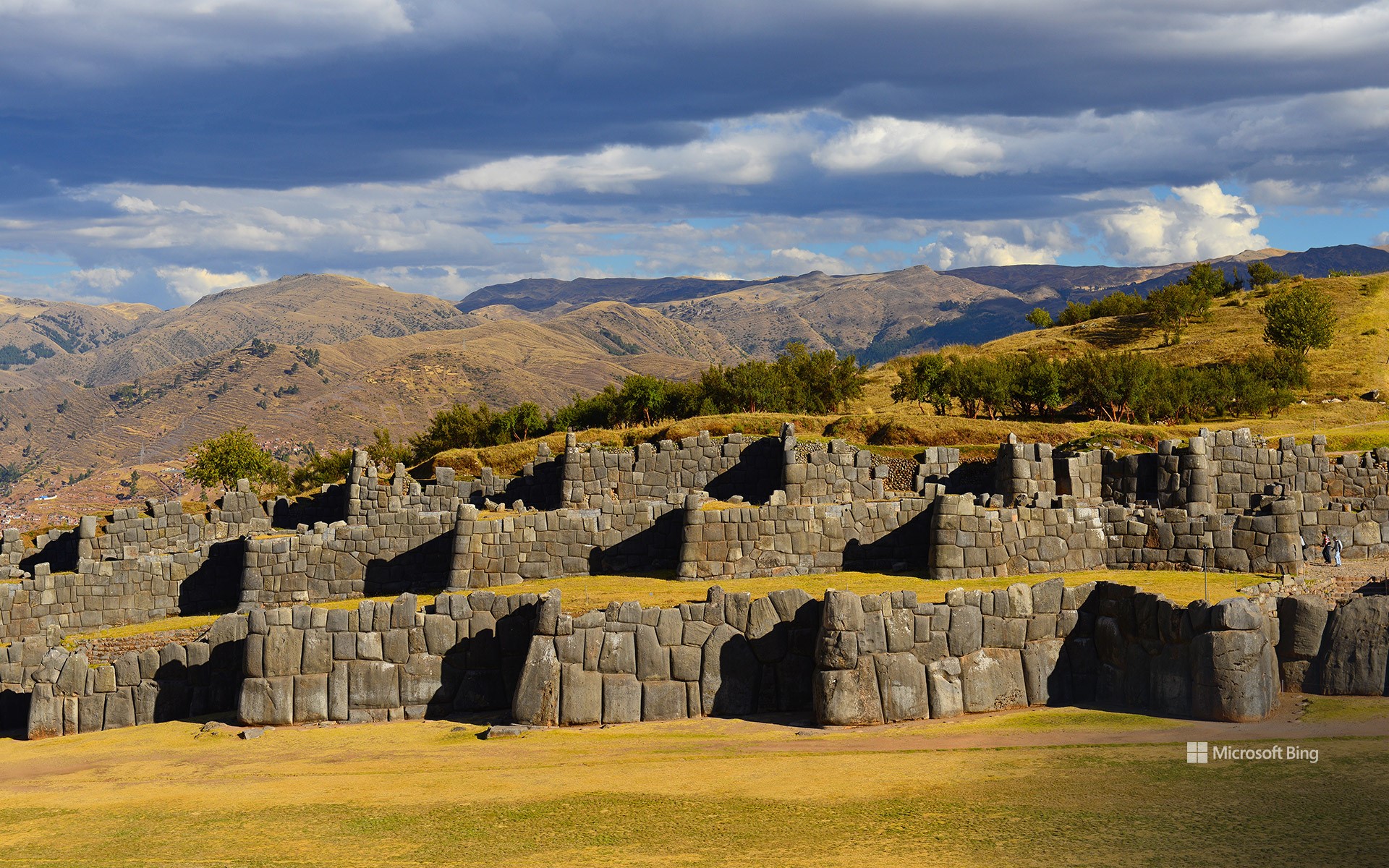库斯科附近的萨克塞华曼印加遗址,秘鲁 Inca ruin of Sacsayhuamán near Cusco, Peru (© SL_Photography/Getty Images)

库斯科附近的萨克塞华曼印加遗址,秘鲁 Inca ruin of Sacsayhuamán near Cusco, Peru (© SL_Photography/Getty Images)
弘扬土著文化 Celebrating Indigenous culture
世界土著人民国际日
今天,我们为世界各地土著居民的遗产和文化而庆祝。从萨摩亚和格陵兰到新西兰和尼泊尔,全世界90个国家中约有5000种土著文化。他们面临的主要挑战之一是语言的消失:据估计,在全世界4000种土著语言中,约有2600种面临灭绝的危险。
在秘鲁的库斯科城,萨克塞华曼的石墙(如图所示)低声诉说着强大的印加文明的故事。在克丘亚语中,石墙的名字“Sacsayhuamán”的意思是 “让鹰感到满足的地方”。城堡的城墙建于公元15世纪,绵延1000多英尺。用来建造城墙的巨石是雕刻而成的,没有使用砂浆。1536年,印加帝国在这里的一场战役中战败后,西班牙人拆除了萨克塞华曼,余下的建筑被泥土覆盖。1934 年,人们在挖掘遗址时重新发现了它。在这一天,让我们在向土著人民致敬的同时,了解保护土著文化和智慧的重要性。
International Day of the World's Indigenous Peoples
Today we are celebrating the heritage and culture of Indigenous populations worldwide. There are some 5,000 Indigenous cultures in 90 countries around the world, from Samoa and Greenland to New Zealand and Nepal. One of the major challenges they face is the loss of their languages: It's estimated that of the 4,000 Indigenous languages in the world, around 2,600 are in danger of becoming extinct.
In the city of Cusco, Peru, the stone walls of Sacsayhuamán, seen in today's image, murmur tales of the mighty Inca civilization. The citadel's walls, which extended over 1,000 feet, were built in the 15th century. The boulders used to make them were carved and placed without mortar. After the Inca Empire was defeated in a battle here in 1536, Sacsayhuamán was dismantled by the Spanish. The rest of the structure was covered in earth until 1934, when it was rediscovered during an excavation. Today is a good day to discover more about Indigenous peoples, and the importance of preserving their cultures for future generations.
评论已关闭